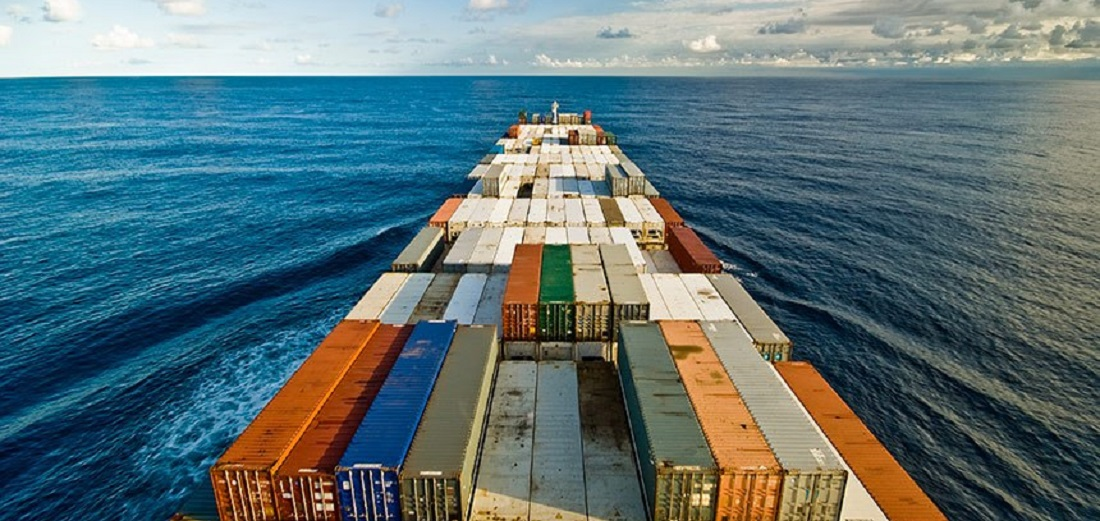
Brazilian ports handled 179.8 million tonnes in the first two months
Apr, 08, 2022 Posted by Gabriel MalheirosWeek 202214
The Brazilian port sector (public ports and authorized private terminals included) handled 179.8 million tonnes in the first two months of 2022. This figure represents a 1.8% growth compared to last year’s same period. These data are from Antaq.
According to the statistics, private terminals handled 120.1 million tonnes in January and February, down 1% from the same period last year. Public ports, in turn, handled 59.6 million tonnes, an increase of 8%.
The Port of Vila do Conde (PA) stood out in the two-month period with a handling rate 27% bigger than the preceding two months. In 2022, the Pará-based installation handled three million tonnes. Parallelly, the Madre de Deus Waterway Terminal (BA) handled 3.2 million tonnes, an increase of 16%.
As per cargo profiles, the port facilities handled 99 million tonnes of solid bulk in the first two months, a growth of 3.9% compared to the first two months of 2021. On the other hand, liquid bulk handling fell by 3.2%. This year, Brazilian ports and terminals handled 49.8 million tonnes.
Loose general cargo handling grew by 9.8%, reaching 11.3 million tonnes. Containerized cargo, in turn, registered a drop of 3.9% compared to the first two months of 2021. In January and February, 19.7 million tonnes (1.8 million TEUs) were handled.
Cargo
Iron ore was the most handled cargo at the beginning of 2022. In January and February, 49.4 million tonnes were handled, down 8%. On the other hand, soybean, wheat and manures (fertilizers) grew in terms of handling by 55.8%, 29.1% and 27.8%, respectively.
Port Facilities Ranking
The Ponta da Madeira Terminal (MA) was the facility that handled the most in the first two months of the year: 26 million tonnes, a decrease of 8.75% compared to the same period in 2021. In the second place, we see the Port of Santos (SP), which handled 17.9 million tonnes, a growth of 14.2%. Finally, we find the Angra dos Reis Waterway Terminal (RJ) in the third place, with 11 million tonnes handled (-0.1%).
Navigation
Long-haul navigation accounted for 122 million tonnes in the first two months of 2022, a 3.2% growth compared to 2021. Cabotage shipping brought 46.3 million tonnes to Brazilian ports, down 3.4%. Inland navigation grew 10.2%, with 11 million tonnes accumulated in January and February.
A New Indicator
Starting this month, ANTAQ’s Statistical Panel will display a new indicator: the Average Occupancy Rate (TMO), which informs how much a port facility is available to receive ships. The new parameter serves to predict bottlenecks, possible expansion and investment needs, in addition to helping to measure productivity.
TMO takes into account all berths within an organized port area, including public berths and leased berths. TMO may also be used to assess the occupancy rate of any individual berth of a Brazilian port facility.
For example, the Port of Itaguaí (RJ) recorded a TMO of 78% in 2021, with its leased terminal Tecar having the highest annual rate of this organized port (85.3% berth occupancy). Another example: one private terminal with the highest occupancy rate in the same year was the Angra dos Reis Waterway Terminal (RJ), with a TMO of 83%.
-
Economy
Jan, 23, 2020
0
Brazil’s chemical trade deficit increases 6.6% in 2019 to US$31.5 billion
-
Meat
May, 10, 2024
0
Brazil Beef Exports Go Through the Roof in April 2024
-
Other Cargo
Jul, 19, 2021
0
Rock exports total US$572 mi in the best first semester of the last five years
-
Ports and Terminals
Oct, 25, 2021
0
ANTAQ provides port environmental performance panel on its portal

